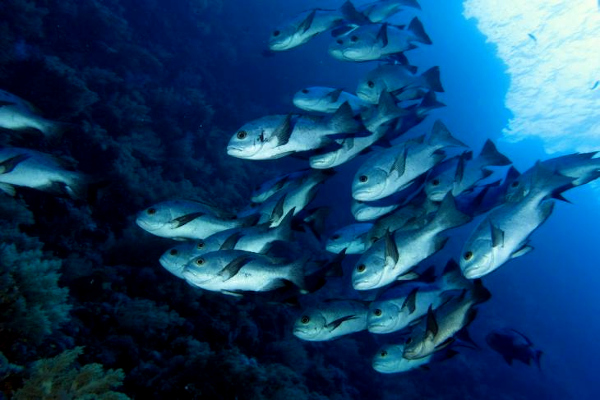Millions of people depend on oceans for their livelihood and food source. At the same time, the quality of marine resources has to be at safe levels for their continued use. The challenge to keep the marine resources safe comes from undeterred pollution levels. Marine pollution includes different emerging contaminants such as endocrine disrupters, oil spills, wastewater discharges, marine debris and dredging. They cause adverse biological effects, which include human physical disturbances on marine ecosystems and habitats.
The National Center for Coastal Research (NCCR), Ministry of Earth Sciences (MoES), is presently working on improving the country’s capabilities in controlling marine pollution. Several environmental, social, economic interventions are being planned by NCCR to address the challenges prevailing in the coastal regions.
Establishing stringent norms is one of the steps in that direction. Earlier, NCCR (Chennai) had recommended new safe limits for lead, arsenic, mercury, chromium, zinc, cadmium, copper and different other pesticides under the Environment (Protection) Amendment Rules, 2020. Accordingly, the Ministry of Environment, Forest and Climate Change (MoEFCC) has amended the Environmental (Protection) Rules, 1986, reflecting the new regulations. It is expected that these new standards would go a long way in securing underwater life as envisaged in the United Nations Sustainable Development Goal-14.
In addition, researchers at NCCR have also conducted field surveys. Another important intervention made by NCCR was to carry out environmentally realistic mesocosm experiments to assess the risk of complex mixture of pollutants of marine biota in relation to numerous ocean water quality criteria. Such experiments would help formulate future guidelines to prevent environmental deprivation in coastal waters.
Marine pollution includes different emerging contaminants such as endocrine disrupters, oil spills, wastewater discharges, marine debris and dredging.
A mesocosm is nothing but an external experimental system that allows the investigation of a small part of the natural environment under controlled conditions to provide a link between field surveys and highly controlled laboratory experiments.
Going further, NCCR intends to conduct a model case study to trace pollutants from the source and also do an impact assessment of marine outflow from pharmaceutical companies in Pondicherry, Srikakulam, and Mangalore. As per the suggestion of the MoEFCC, NCCR will also explore agricultural pesticides of concern to achieve safe standards of coastal waters.
Reconnaissance surveys will be carried out in pollution hotspots for the investigation of orchlorochlorine/organophosphate/carbamate pesticides. Based on the field survey, pesticides of concern will be taken to determine the threshold limits and safe limits.
Predictive ecological risk assessment of pollutants requires accurate quantification of sources, exposure pathways and toxicity responses at different stages of biological levels such as subcellular, cellular, individual and population levels. NCCR believes that this could be achieved through biomarkers and by employing emerging models such as the Advance Outcome Pathway (AOP) through ecological impact modeling concept and the AQUATOX model addressing impacts that may vary from the individual level to population level.
Source: Vigyanprasar
Image Courtesy: FordhamInstitute
You may also like
-
Navigating India’s Skill Landscape
-
Trade Connect E-platform For Exports Is Single Window, Fast, Accessible And Transformational: Shri Piyush Goyal
-
India-us Working Together In Areas Like Critical Minerals, Supply Chains And Advanced Technologies: Shri Piyush Goyal
-
Cabinet Approves Health Coverage to All Senior Citizens of the Age 70 Years and Above Irrespective of Income
-
Cabinet Approves PM Electric Drive Revolution in Innovative Vehicle Enhancement (PM E-DRIVE) Scheme With An Outlay of ₹.10,900 Crore
